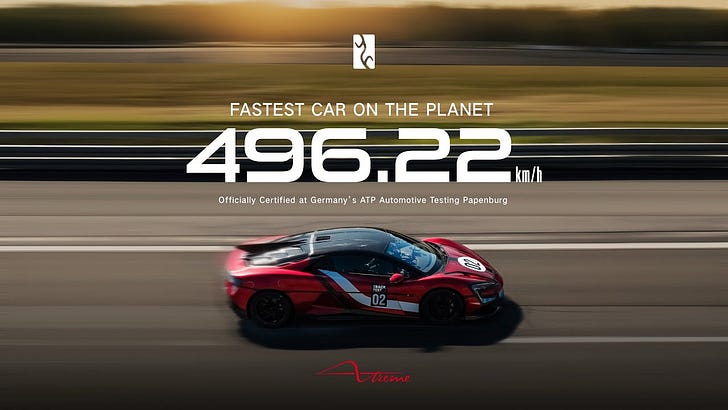Long Live the PC Master Race
Everyone loves to talk about specs.
Frames per second. Gigahertz. Teraflops.
But the PC’s true dominance isn’t just about numbers — it’s about freedom of configuration.
It’s about the ability to build, optimize, and evolve your own system in real time.
No console updates dictated by corporate firmware cycles.
No locked ecosystems.
It’s the same difference between democracy and planned economies, between authorship and automation.
PCs let you execute consequence.
The Asian Assembly Paradox
Here’s the paradox: while the “master race” identity belongs to PC users — the people who author their own machines — the physical assembly of those machines overwhelmingly happens in Asia.
Most of the world’s PC components — from GPUs to motherboards to memory modules — are assembled in Taiwan, China, Malaysia, and South Korea.
Designs might originate from U.S. firms like NVIDIA, AMD, and Intel — but by the time they’re manufactured, they’ve passed through layers of regional thermal, material, and cost-based compromises.
And that matters.
Because when a culture optimizes for specs over sustained performance, you get systems that look fast but can’t hold speed under heat.
They’re feature-maxed, not purpose-maxed.
Vanity vs. Consequence: The Second Time in History the S&P Has Decoupled from the NASDAQ — Because of Authorship.
On Friday morning, October 2025, the market did something it almost never does.
Feature Maxing vs. Thermodynamic Intelligence
Feature maxing is when something looks advanced on paper but fails under continuous load.
It’s the difference between a sports car that burns out after 10 laps and an engine designed for endurance at full throttle.
You can see it in PC builds that boast “max TDP” or “turbo boost” — but can’t hold those speeds for more than a few seconds before thermal throttling kicks in.
And this isn’t just about computers.
It’s a metaphor for civilizations.
Eastern Autism III
When you send automatons to deal with international speculators of the highest IQ—literally sitting and postulating about the FOMC—they have no time for your rigidity. One such speculator, enjoying tea and eggs Benedict at one of the most lavish tea establishments in the country, gets up to use the restroom. He says to the server, “Please watch my stuff…
The Thermodynamic Philosophy of Design
The U.S. and Japan have long understood the thermodynamic principle of consequence:
it’s not about how fast you go — it’s about how fast you can go without burning up.
Thermals aren’t an afterthought; they’re a philosophy.
Japanese engineering, from bullet trains to Sony Walkmans, prioritizes balance and endurance — the ability to sustain output with minimal waste.
American design culture, at its best, mirrors this: systems that integrate power and consequence — like the F-22 Raptor or Apple’s M-series chips.
This is why, even though other nations can replicate the shape of an aircraft that looks like it could hit Mach 3, they can’t sustain it.
They can prototype speed, but not endurance.
Their materials, cooling systems, and design philosophies melt under sustained consequence.
It’s the same with their technology industries — fast on the spec sheet, but unstable under prolonged heat.
Speed With Consequence
In physics, “speed” without thermodynamic stability is just a burn.
In life and design, the same rule applies.
The PC Master Race isn’t about GPUs and frame rates.
It’s about adaptability — the ability to handle sustained consequence under self-governed conditions.
That’s what separates a spec-maxed culture from a thermo-maxed civilization.
The lesson?
Don’t just chase the fastest clock.
Build the system that can stay fast — and stay alive — when the heat comes.
The Future of the Master Race
As the console wars fade into history, the next real war will be about thermal efficiency, manufacturing sovereignty, and consequence-driven engineering.




